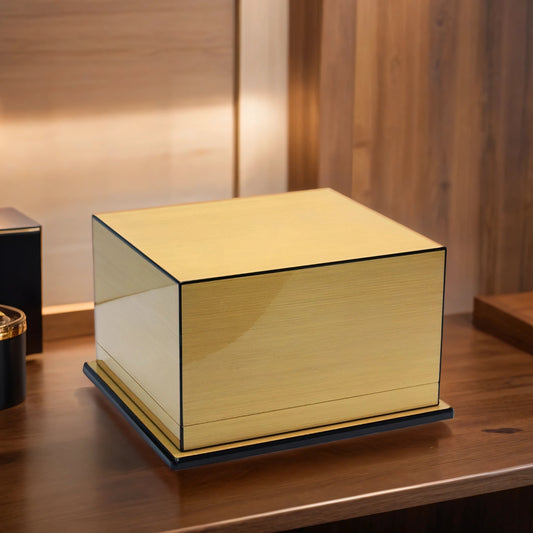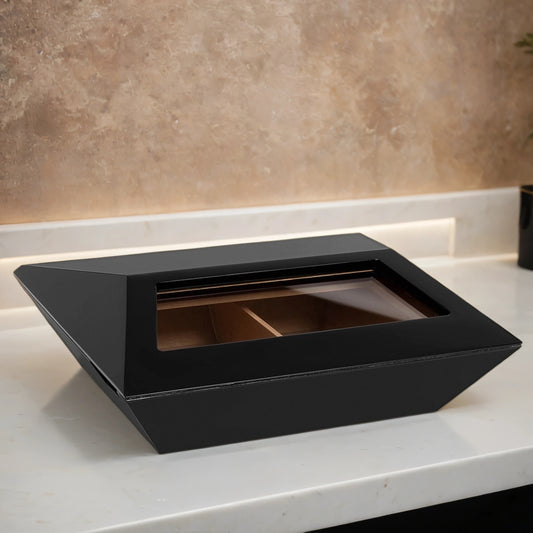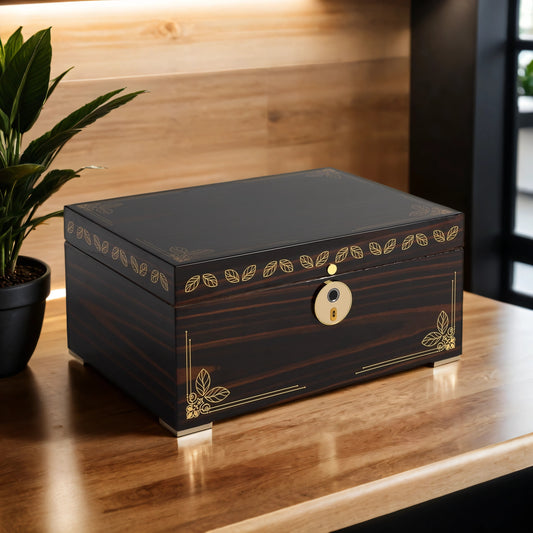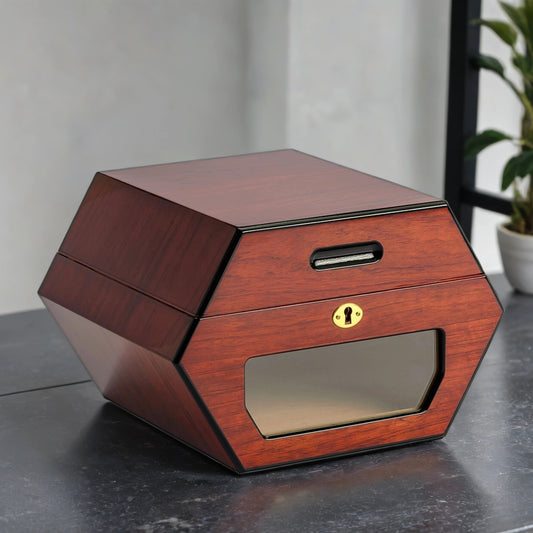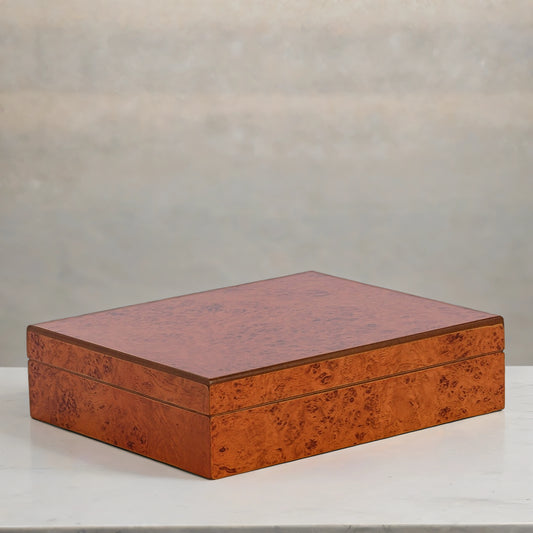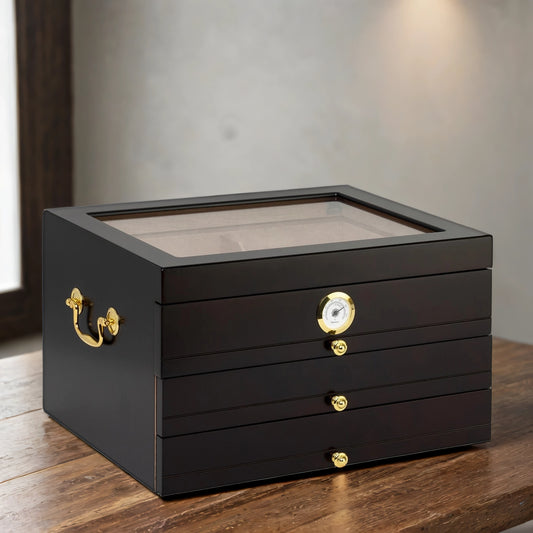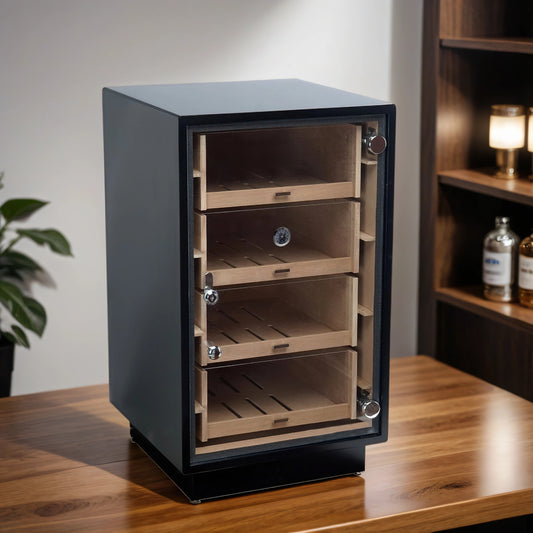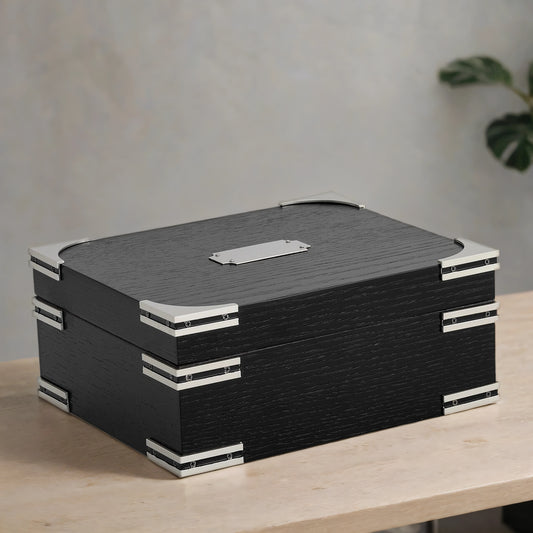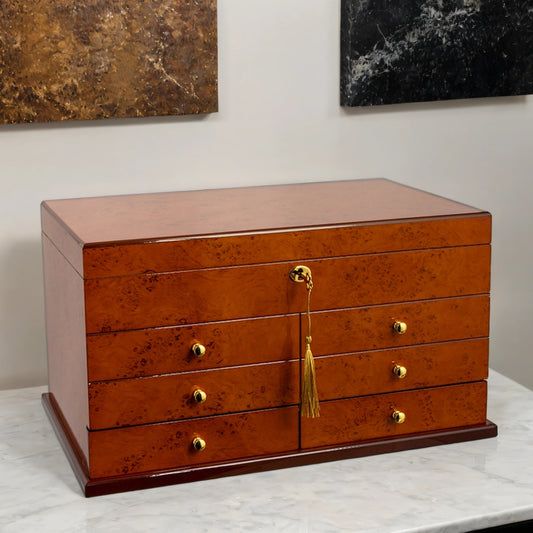
Padron 1926 vs. 1964: Similarities and Differences
You know, being asked to choose between the Padron 1926 and the 1964 is like asking a parent to pick their favorite child—or perhaps their favorite vintage of Scotch. As someone who's spent more evenings than I'd like to admit enveloped in a cloud of fine cigar smoke, I've often pondered this very question.
Both series are shining examples of Padron's commitment to quality and craftsmanship, yet they offer distinctly different experiences. If you're torn between these two legends, sit back, light up whatever you've got on hand (no judgment here), and let's unravel the intricacies of the Padron 1926 and 1964. Trust me, your humidor will thank you later.

How They Compare: Padron 1926 vs 1964
Tobacco Age
The primary distinction between the Padron 1926 and 1964 is the age of the tobacco used. The 1964 Anniversary Series is crafted with tobaccos aged for at least four years, providing a balanced and medium to full-bodied profile. Meanwhile, the 1926 Series steps up the game with tobaccos aged for a minimum of five years, contributing to its richer and more complex character.
Strength & Flavor Profiles
The 1964 is known for its approachable yet luxurious flavor profile, featuring notes of cocoa, coffee, and cedar, with a medium to full-bodied strength that appeals to a broad range of smokers. On the other hand, the 1926 offers a more intense smoking experience, delivering bold flavors like dark chocolate, espresso, and a spicy kick. It’s a full-bodied powerhouse designed for those who appreciate complexity and depth.
Cigar Sizes
Both series offer a variety of sizes, but the 1964 has a slight edge in terms of versatility. The Padron 1964 Exclusivo and Imperial are standout sizes that cater to smokers seeking a medium-length smoke. The 1926, while equally diverse, leans toward larger formats like the No. 9 and No. 35, often appealing to those who prefer a longer smoking session.
Price
Price can be a deciding factor for many, and the 1926 typically commands a higher price point due to its extended aging process and more robust flavor profile. The 1964, while still a luxury cigar, is slightly more accessible and offers excellent value for its quality. Individual cigars from the 1926 Series go for $15 to $25, whereas those from the 1964 edition range from $15 to $35. Although the 1964 Series has more expensive options, the 1926 Series is on average more expensive when comparing similar cigar sizes.

The Padron 1964 Anniversary Series
The Padron 1964 is a tribute to the brand's 30th anniversary and one of the first lines to popularize box-pressed cigars. Its medium to full-bodied profile delivers a harmonious blend of cocoa, coffee, and earthy undertones, making it perfect for a relaxed evening or as a celebratory smoke. Personally, I find the 1964's sweetness pairs beautifully with a creamy cappuccino or a smooth bourbon. It’s the kind of cigar you share with friends when you’re introducing them to the world of premium smokes.
Country: Nicaragua
Wrapper: Nicaraguan
Strength: Medium-Full

The Padron 1926 Series
If the 1964 is a gentle introduction, the 1926 is the main event. It’s unapologetically bold, with flavors that demand attention. Aged for five years, this cigar delivers rich notes of dark chocolate, espresso, and peppery spice. The 1926 is what I light up when I want to be reminded why I fell in love with cigars in the first place. Pair it with a peaty Scotch or a strong espresso, and you’ve got yourself an unforgettable experience. The burn is consistent, the draw effortless, and every puff feels like a celebration of craftsmanship.
Country: Nicaragua
Wrapper: Nicaraguan
Strength: Full
Which Should You Choose?
Ultimately, the choice between the Padron 1926 and 1964 depends on your preferences. If you’re looking for a versatile, medium to full-bodied cigar that’s rich but approachable, the 1964 might be your go-to.
For those who crave intensity, complexity, and a full-bodied profile, the 1926 is the clear winner. But, as any longtime smoker will tell you, why choose? Keep both in your humidor cabinet and let your mood guide your selection. After all, life’s too short not to enjoy the best of both worlds.

